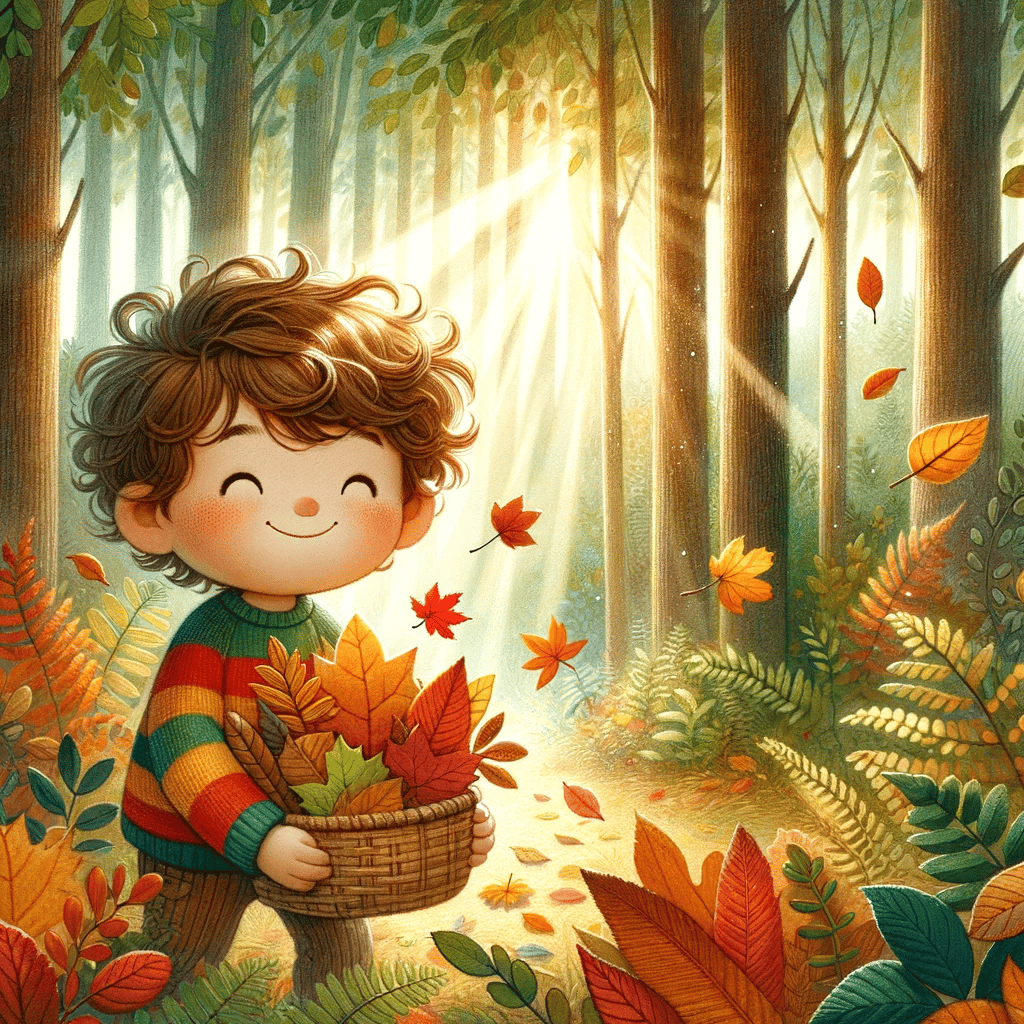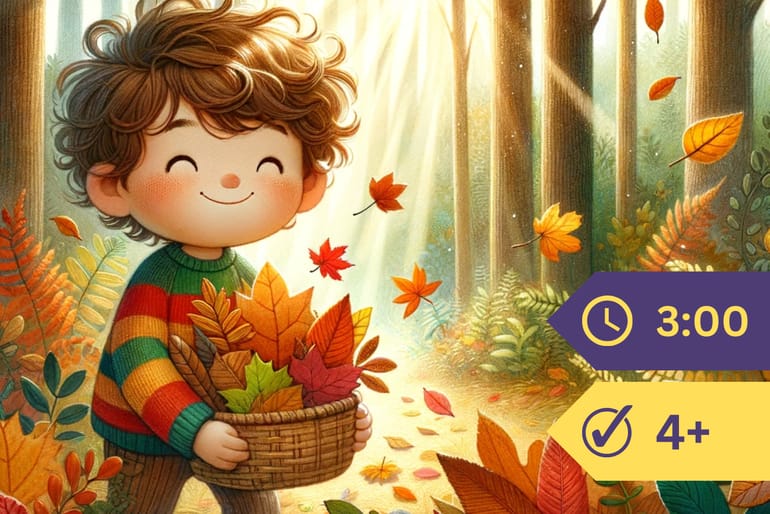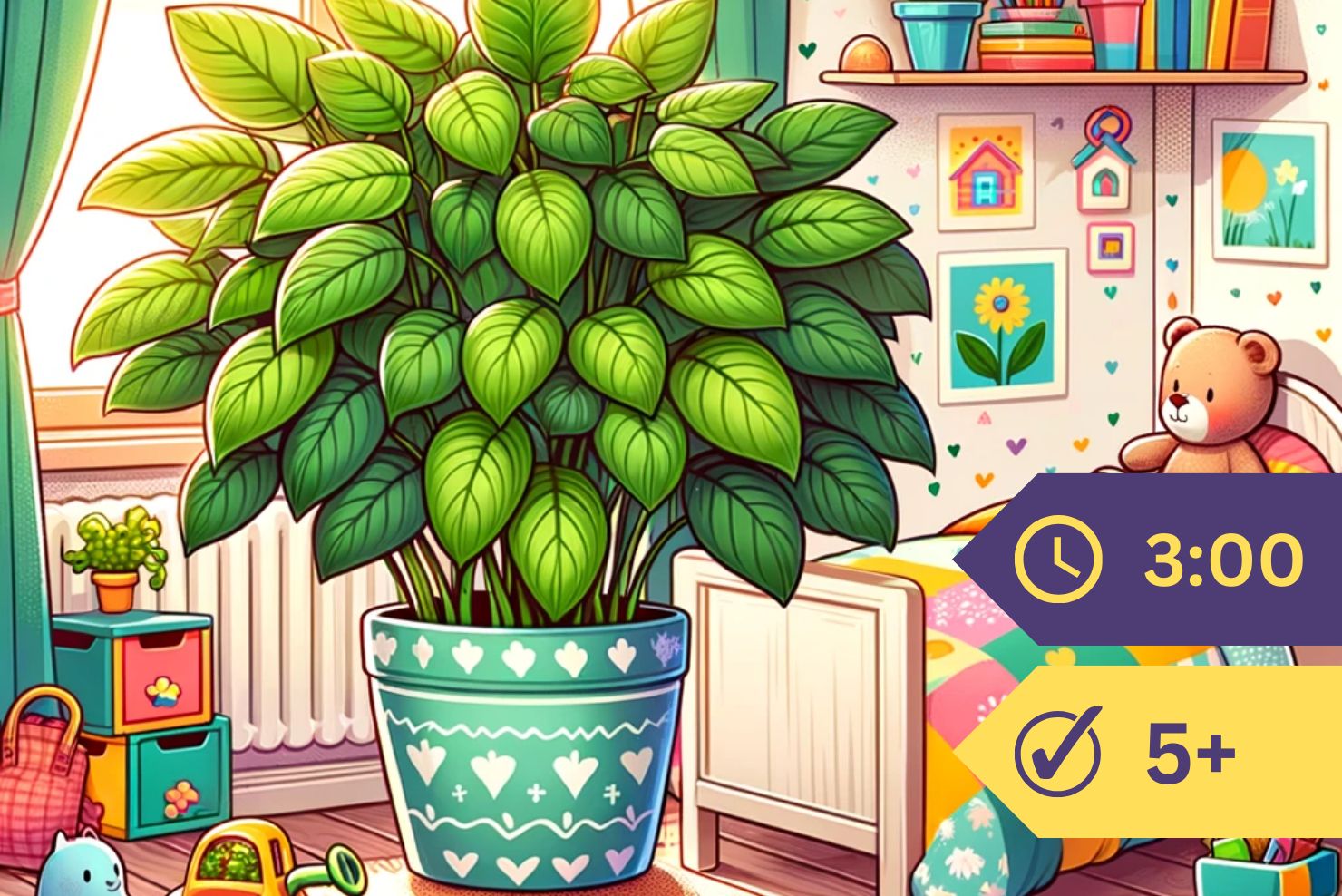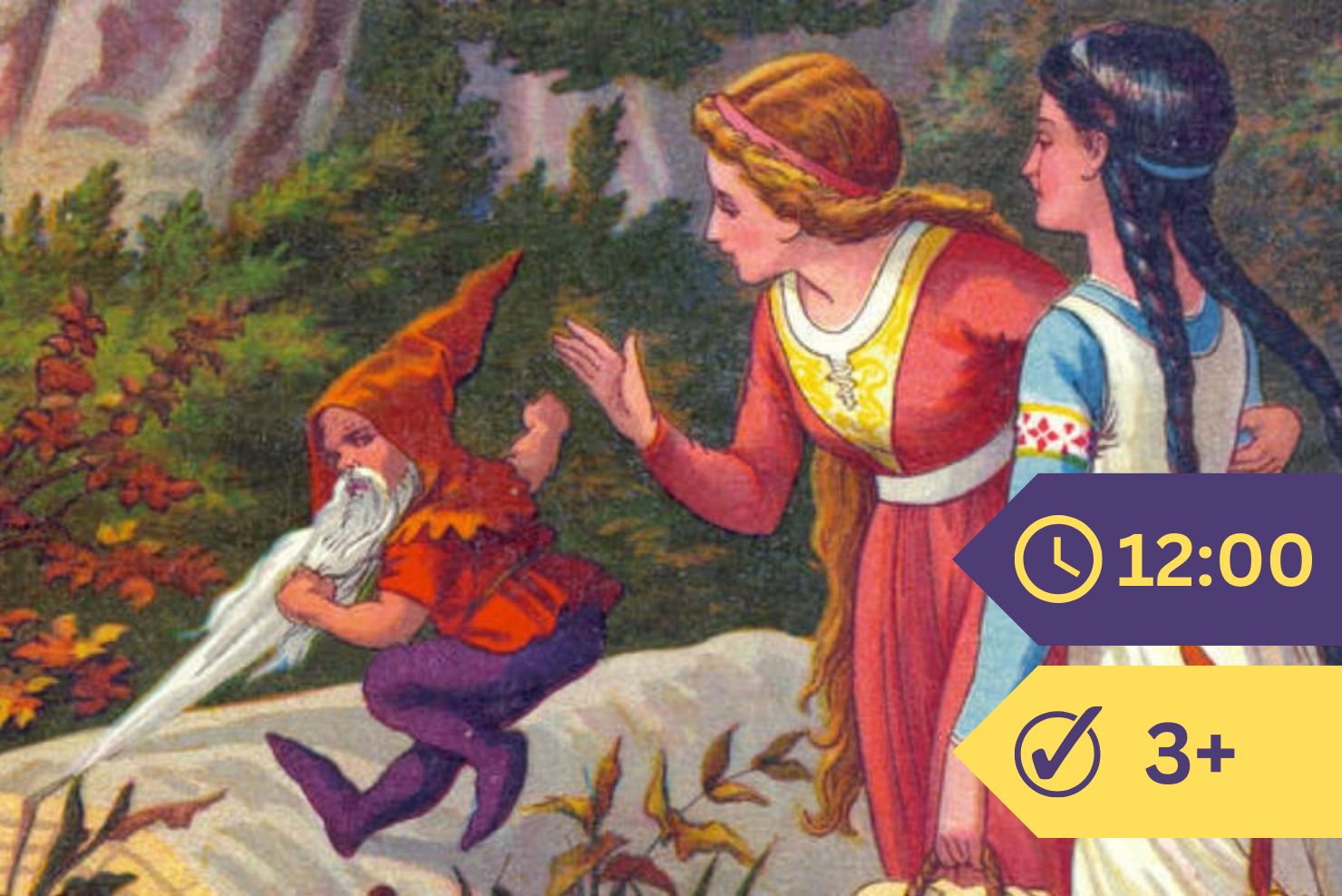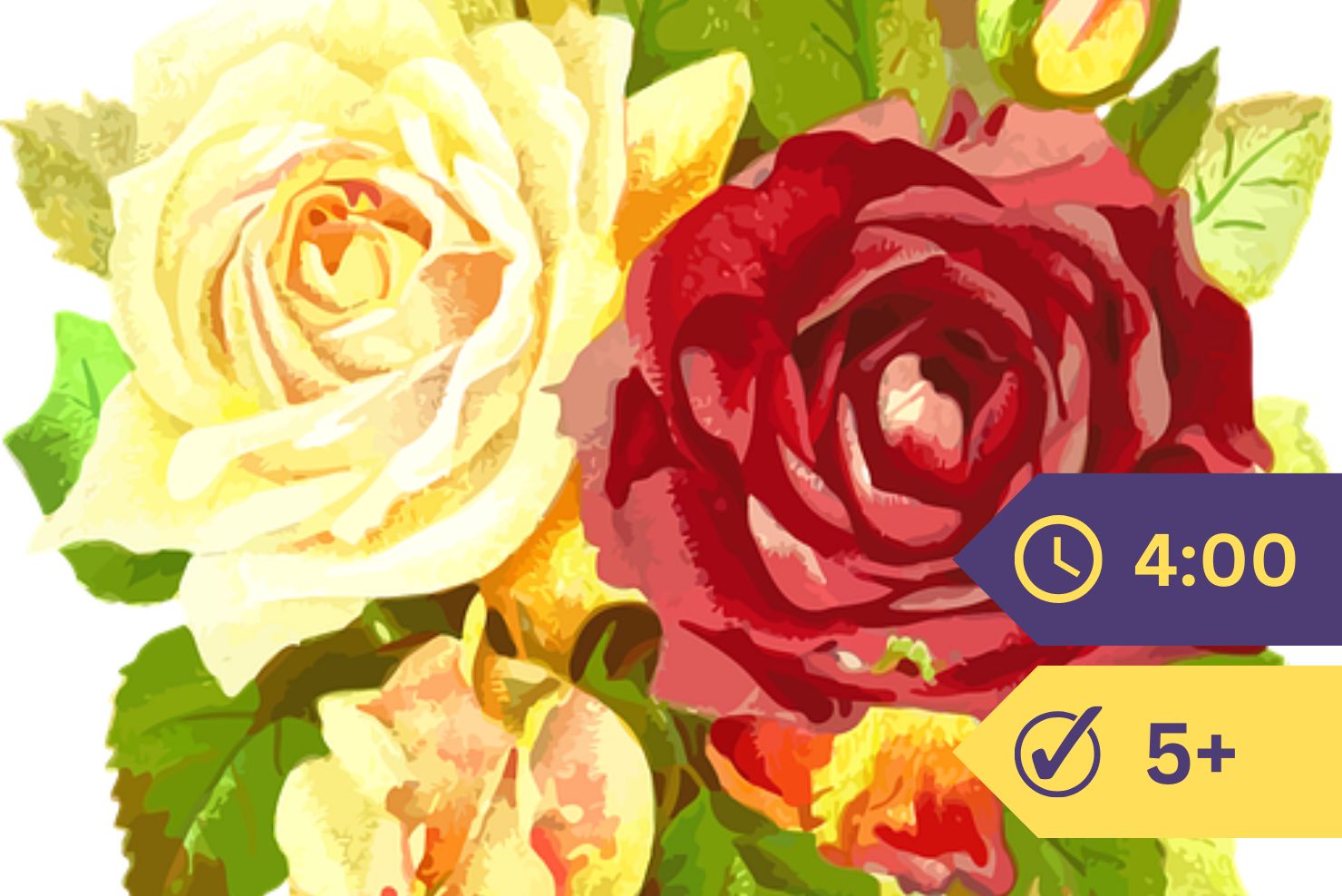As I told you before, we should notice always the shape of a leaf.

It is much easier to describe some new plant we have met on our walks if we remember the shape of its leaves.
Next summer I hope you will make a collection of leaves, pressing and keeping them. I think you will be amazed at their great variety in shape.
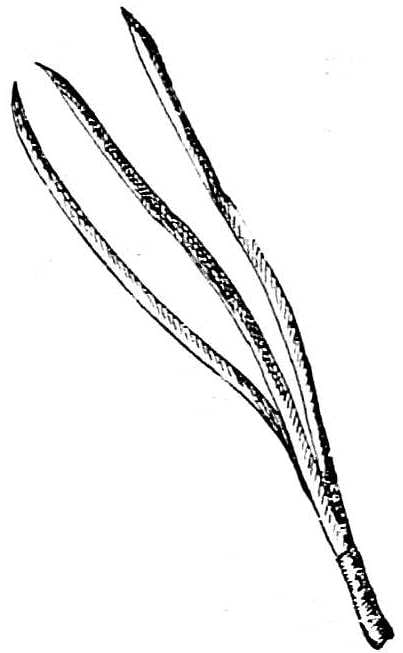
Some you find long and narrow, others almost round. Some are arrow-shaped, others star-shaped, others needle-shaped. Some are three-pointed like the maple leaf; others deeply-parted, like the oak leaf.
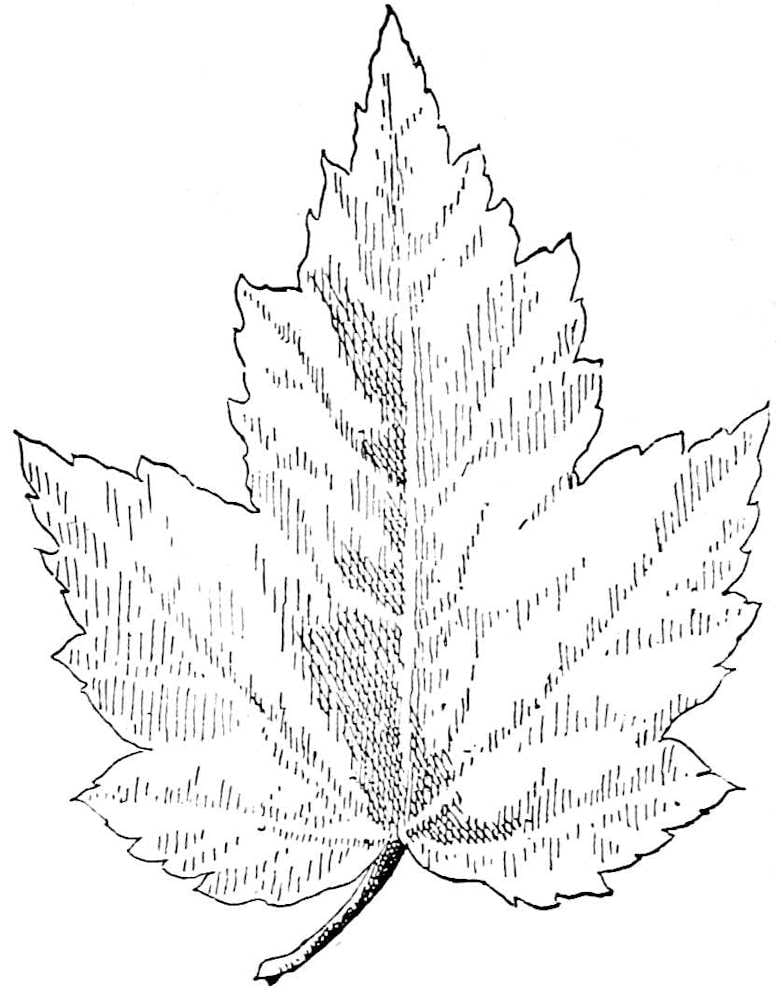
Sometimes a large leaf is cut up into several little leaves. These little leaves are called “leaflets.”

The clover leaf has three leaflets.
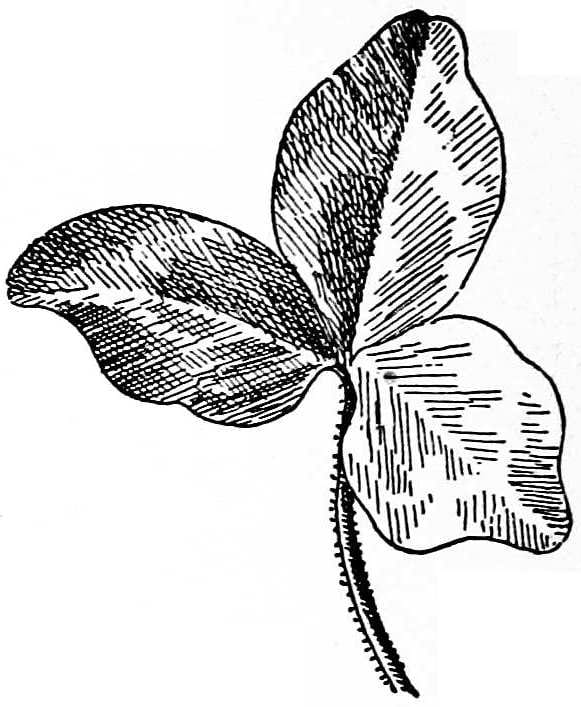
The locust leaf is cut into a great many leaflets.
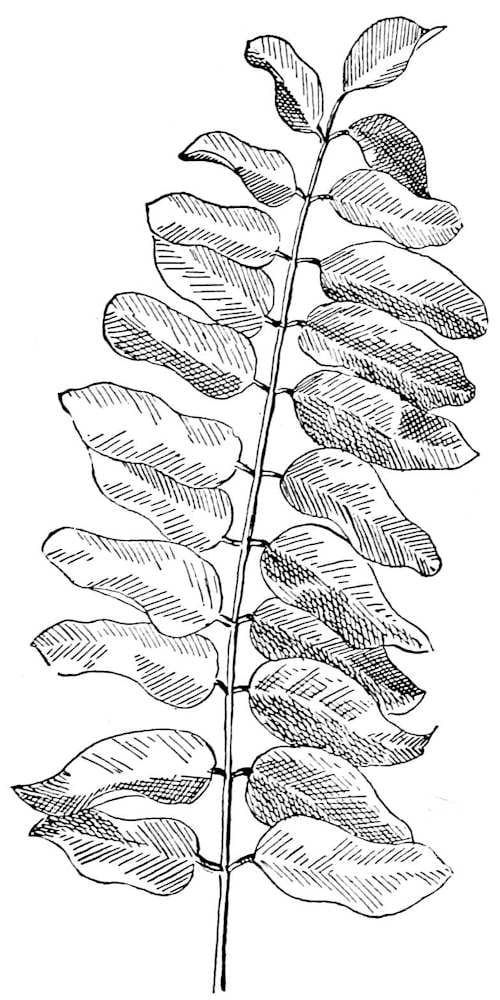
The edge of one leaf is smooth, while that of another is cut into little teeth like the teeth of a saw.
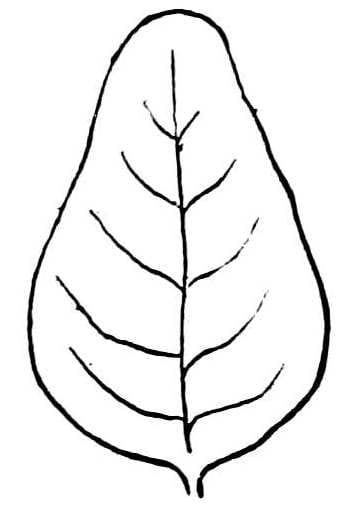
I should like to know how many of you children, without looking even at a picture save such as you carry in that little gallery in your head, could describe correctly the shapes of some of our common leaves. I should like to ask you to draw on the blackboard the rough outlines of any leaves that you remember. If you think you could not do this, will you not try, when next you see a leaf, to carry off in your mind such a picture of it as to enable you to outline it on the blackboard when you go back to the school room?
Really it does not take any more time to see a thing correctly than to see it incorrectly. It takes a little more sense, that is all.
It takes some sense to give even one minute of honest thought to the thing you are looking at.
You know some children who never seem to have all their thoughts in one place at a time, and who in consequence never see anything really well.
It is better to stop doing a thing altogether than to do it in a foolish sort of way; and it is foolish to start to do even the smallest thing, and yet not do it.
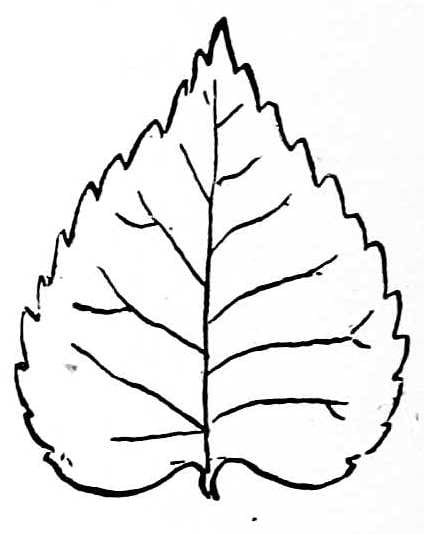
The child who looks at even a leaf in a way to make it possible for him to draw the outline of that leaf five minutes later, is likely to be the child who goes in for both work and play with all his heart, and who comes out as far ahead on the playground as he does in the schoolroom.
Now, after that lecture, which some of you need badly enough (and which I will tell you, as a great secret, I need not a little myself), I want to point out a few more of the things that are worth noticing in a leaf.
But perhaps it is better to save them for another chapter.
